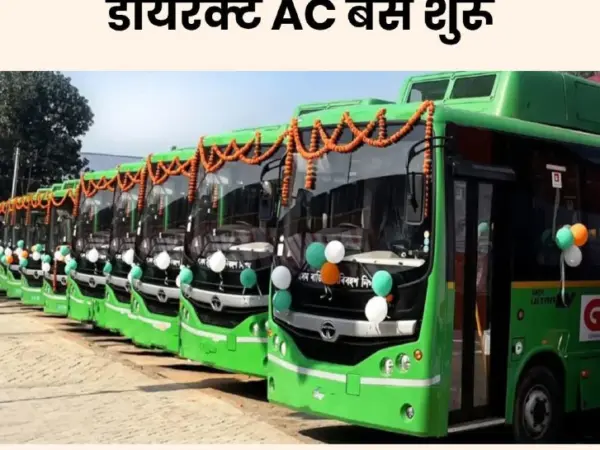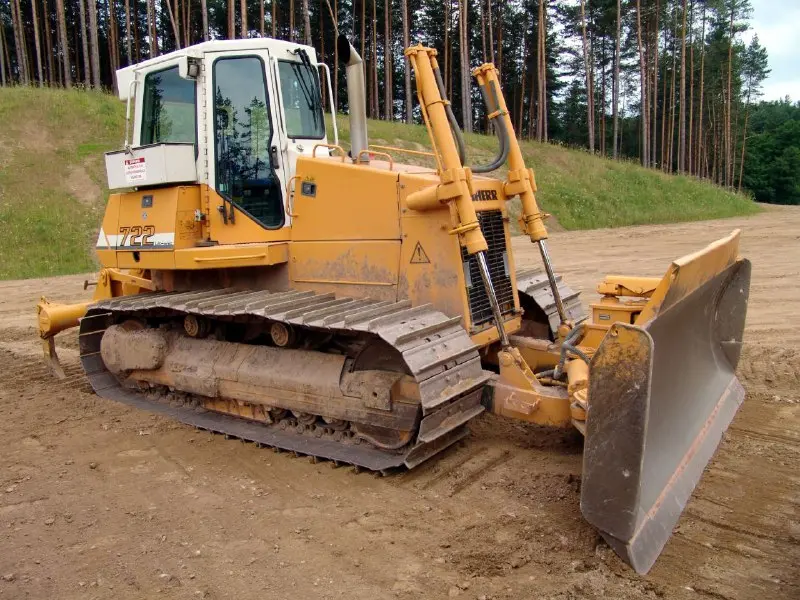Learning from this, Isro has implemented several improvements in Chandrayaan-3 to ensure success. And among several changes introduced in Chandrayaan-3, after its predecessor Chandrayaan-2 failed to soft-land on Moon in September 2019, significant are those introduced in Vikram the lander.
TOI gives you a low down on what some of these changes are and why they were introduced:
★Stronger Legs: Vikram will have stronger legs than in its previous avatar to enable withstanding landing at greater velocities than earlier. ISRO chairman S Somanath explained, “There are a lot of improvements on the lander. Basically, what were the deficiencies we were trying to overcome? One is the lander legs, which we expected could have withstood a higher velocity [during Chandrayaan-2]. So how much can we increase the velocity tolerance in the available structure? We have enhanced the landing velocity to 3m/second from 2m/second. That means even at 3m/sec, the lander will not crash or break [its legs]”
★More Fuel & New Sensor: The second change is the addition of more fuel to Vikram to handle more disruptions and have the “ability to come back” so there’s more cushion to handle the mission. Isro has also added a new sensor called the laser doppler velocity metre, which will look at the lunar terrain and provide redundancy in measurement.
★Central Engine & Software: Isro has improved the software to have more tolerance to failures like engine disruptions, thrust disruptions, sensor failures, etc, while also removing the central or fifth engine, which was added last minute during Chandrayaan-2. The mass of the lander has been enhanced, and now a minimum of two engines will be fired for landing.
★Solar Panels & Antennas: Isro has extended solar panels and more panel area to generate power. Vikram will be able to generate power even if it lands in a different orientation and is not facing the Sun. It also has additional TTC (tracking, telemetry and command) antennas for redundancy.
But the major part of the preparations, according to ISRO chairman S Somanath, was dedicated to testing. “The whole of the last two years went for testing and not changes. The amount of tests we’ve done is much more than what was done during Chandrayaan-2. This is in terms of autonomous flights, helicopter flights, crane-mode landing simulation tests, drop tests, software simulation testbeds which were newly made to evaluate potential failures and recovery options etc,” he said.
Follow DelhiBreakings on Google News
Superfast News Coverage by DelhiBreakings.com team.
For Superfast national news and Delhi Breaking Stories visit us daily at https://delhibreakings.com





